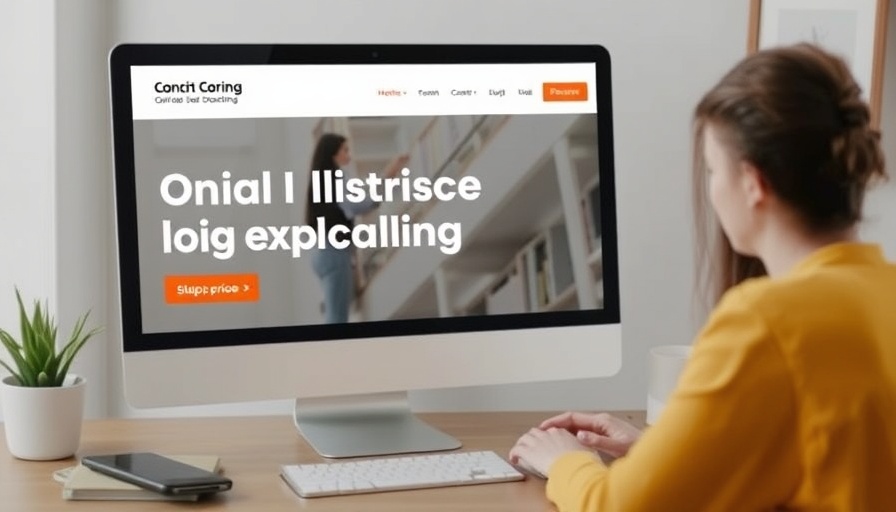
Embrace Your Strengths: The Path to Thriving Talents
In today’s fast-paced world, many adults find themselves increasingly frustrated, often feeling that their talents are underappreciated or misused. But what if the solution lies in nurturing our inherent strengths? The concept of nurturing your nature invites individuals, especially women aged 35 to 60 working in education, to acknowledge and actively cultivate their unique talents.
Understanding Your Talents
Just as a garden needs sunlight, water, and care to flourish, so do our talents. This nurturing process requires daily attention and intentionality. Research highlights that educators who develop their strengths can create more engaging environments for their students, leading to better learning outcomes. The key is to identify what you love and what energizes you, which can mitigate feelings of burnout and frustration—the so-called 'hangry' emotions that stem from neglecting your strengths.
Nourishing Your Nature: Practical Tips
Nurturing your talents is akin to cooking a well-balanced meal. Here are some practical tips to help feed those innate qualities: 1. Reflect regularly on what energizes you the most. 2. Seek out opportunities that allow you to utilize your strengths—whether it’s taking on new projects or collaborating with like-minded individuals. 3. Engage in professional development that resonates with your personal values and interests. Each step taken toward fostering your natural abilities reshapes not only personal satisfaction but also impacts the community around you.
Personal Reflections: Stories of Growth
In a recent conversation about nurturing talents, a fellow educator shared how rediscovering her passion for storytelling transformed her teaching approach. By embracing her strength in communication, she crafted new lesson plans that captivated her students and reignited her enthusiasm for teaching. Many other women in similar positions have reflected on how focusing on their strengths has not only improved their work-life balance but has also made them happier in their careers.
The Role of Community in Nurturing Talents
Building a supportive network contributes significantly to cultivating one’s strengths. For example, joining a local or online community can provide feedback and encouragement, which is essential for development. Engaging in discussions with peers can prove invaluable, offering new insights and alternative perspectives. These connections can empower you to push past your comfort zone, ultimately allowing your strengths to shine brighter.
Future Trends: The Rise of Talent-Centric Workplaces
Looking ahead, it’s clear that workplaces are beginning to shift toward a more talent-centric model. Companies are realizing that when employees are given the space and support to nurture their natural strengths, it leads to higher productivity and job satisfaction. This trend reflects a broader societal change, where individual fulfillment is now regarded as essential for collective success. With this new awareness, educators and leaders alike can advocate for systems that adequately support talent development.
In summation, nurturing your nature does not only enhance your personal growth but also has far-reaching effects on your professional environment and the individuals you engage with. So take the first step today: reflect on your strengths, connect with your community, and commit to a journey of personal development that celebrates your unique talents.
Call to Action: As you embark on this nurturing journey, consider sharing your experiences in cultivating your strengths. Engage with others about strategies that worked for you and how they inspired personal or professional changes. Join the conversation today!
 Add Row
Add Row  Add
Add 




Write A Comment